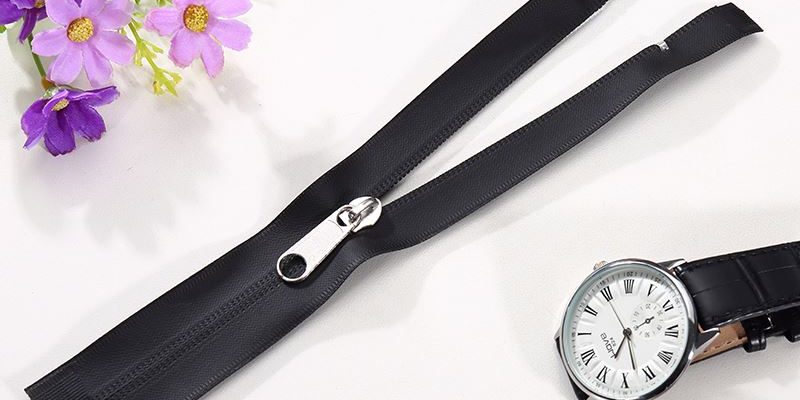Waterproof zippers are the result of meticulous engineering and scientific innovation. This article delves into the science behind waterproof zippers, uncovering the principles that allow them to effectively repel moisture and protect valuable contents from water damage.
Waterproofing Mechanisms: Waterproof zippers rely on a combination of materials and design elements to prevent water penetration. The zipper tape is often coated with water-resistant materials such as polyurethane or TPU, while the zipper teeth interlock tightly to create a barrier against moisture.
Taped Seams for Integrity: One of the key features of waterproof zippers is the integration of taped seams. These heat-sealed or adhesive-sealed seams prevent water from seeping through the stitching holes, ensuring that the zipper remains watertight.
Hydrophobic Coatings: Many waterproof zippers feature hydrophobic coatings that repel water on contact. These coatings minimize water absorption, preventing the fabric and zipper components from becoming saturated and allowing the zipper to maintain its water-resistant properties.
Applications in Extreme Conditions: The scientific principles behind waterproof zippers make them suitable for extreme conditions. From mountaineering gear to sailing apparel, waterproof zippers offer reliable protection against rain, snow, and splashes in environments where moisture is a constant threat.
Optimizing this content for search engines involves using keywords like “science behind waterproof zippers,” “waterproofing mechanisms in zippers,” and “taped seams and hydrophobic coatings.” By incorporating these terms, your article will offer valuable insights while adhering to Google’s SEO guidelines.


















